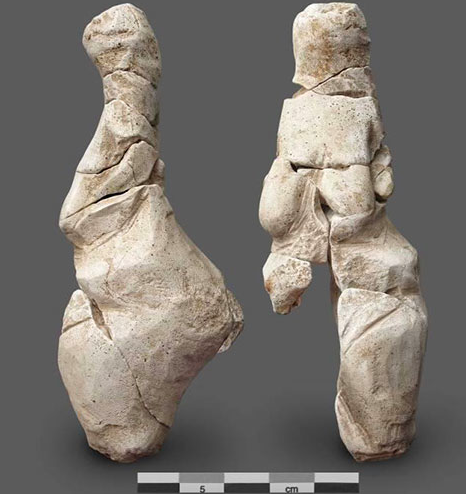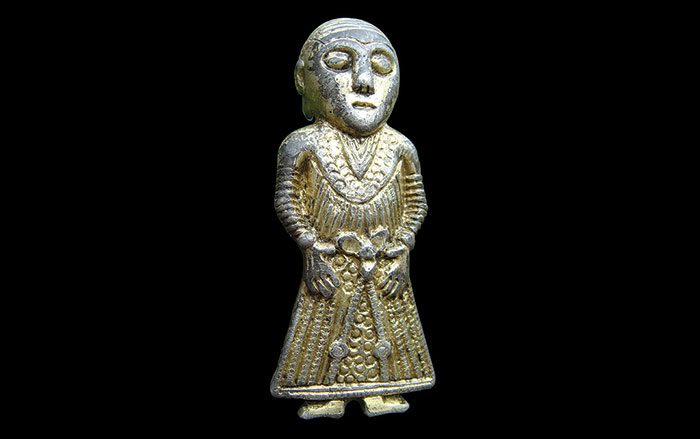
AMIENS, FRANCE—On the second day of fieldwork this summer at the Paleolithic site of Renancourt, archaeologists discovered limestone fragments that seemed to have been worked by humans. "That same night we carefully pieced together the 20-odd fragments and realized it was a female statuette," archaeologist Clement Paris said at a press conference reported by CNews. The 4.7-inch limestone statue the team reassembled is a highly stylized depiction of a voluptuous woman, and resembles other famous Paleolithic "Venus" figurines discovered throughout Europe. “The fact that the sculpture is not totally realistic shows the intent was to produce a symbolic image of a woman linked to fecundity," Paris said. The work probably dates to about 23,000 years ago. To read more about Paleolithic art, see “A New Life for Lion Man.”










